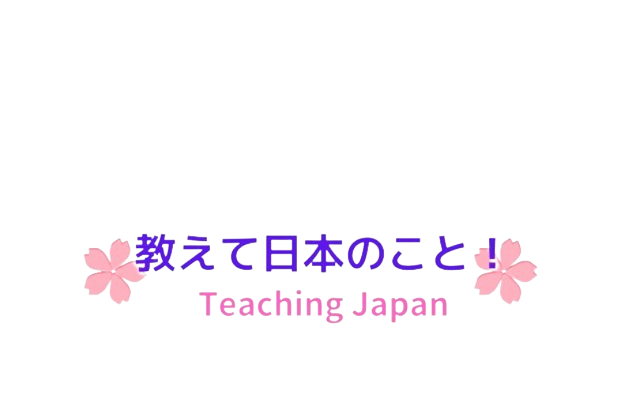世界のシェフが日本の包丁を認めている理由は、やはりその切れ味だ。例えば刃物で世界的に有名なドイツ、ゾーリンゲンのツヴィリングJ.A.ヘンケルス社は最高級ラインの商品を製造する工場を、岐阜県関市につくっている。(The reason why chefs around the world recognize Japanese knives is their sharpness. For example, Zwilling J.A. Henckels in Solingen, Germany, which is world-famous for its cutlery, has a factory in Seki City, Gifu Prefecture that manufactures the highest quality products. This is because the skill of Japanese craftsmen was necessary to achieve the best sharpness.)
最高の切れ味を実現するには日本の職人の技術が必要だったからだ。(This is because the skill of Japanese craftsmen was necessary to achieve the best sharpness.)
和包丁(Japanese knife)
和包丁とは、日本料理に用いる包丁の総称のことです。Japanese knives are a general term for knives used for Japanese cuisine.
和包丁の種類(Knife type)
菜切り包丁(nakiri knife)
菜切り包丁は家庭用の包丁で、刃が黒く仕上げられていることもあります。刃先は、日本語で両刃と呼ばれる両側から斜めになっています。これにより、まっすぐなスライスを切りやすくなります。
Nakiri bōchō are knives for home use, and sometimes have a black finished, or Kurouchi, blade. The cutting edge is angled from both sides, called ryōba in Japanese. This makes it easier to cut straight slices.
薄刃包丁(usuba knife)

薄刃包丁はプロが使う野菜包丁です。波切防鳥とは刃先の形状が異なります菜切防長は両面から研ぐのに対し、薄刃防長は片面のみを研ぐスタイルで、日本語でカタバと呼ばれています。最高品質のカタバの刃は、平らな面にわずかなくぼみがあります。このカタバスタイルのエッジは、カットが良く、ナキリボウチョーに使用されるリョウバよりも薄いスライスをカットできます.、しかし、使用するにはより多くのスキルが必要です。通常、右利き用は右研ぎですが、左利き用に左研ぎもご用意しております。薄刃防長は、出刃防長よりもはるかに軽いですが、なきり防長よりも重いです。
Usuba bōchō are vegetable knives used by professionals. They differ from the Nakiri bōchō in the shape of the cutting edge. While the nakiri bōchō is sharpened from both sides, the usuba bōchō is sharpened only from one side, a style known as kataba in Japanese. The highest quality kataba blades have a slight depression on the flat side. This kataba style edge gives better cuts and allows for the cutting of thinner slices than the ryōba used for nakiri bōchō, but requires more skill to use. The sharpened side is usually the right side for a right hand use of the knife, but knives sharpened on the left side are available for left hand use. The usuba bōchō is heavier than a nakiri bōchō, although still much lighter than a deba bōchō.
出刃包丁( deba knife)

出刃包丁は魚を切るために使用される日本式の包丁ですが肉を場合にも使用されます. さまざまなサイズがあり、長さが 30 cm (12 インチ) になるものもあります。出羽坊長は、江戸時代堺で。魚を斬首して切り身にするように設計されています。その厚みと、多くの場合、かかとの後ろの角度が鈍いため、魚の頭を傷つけることなく切り落とすことができます。次に、ブレードの残りの部分を使用して魚の骨に乗り、フィレを分離します。
Deba bōchō (Japanese: 出刃包丁, “pointed carving knife”) are Japanese style kitchenknives primarily used to cut fish, though also used when cutting meat. They come in different sizes, sometimes up to 30 cm (12 inches) in length. The deba bōchō first appeared during the Edo period in Sakai. It is designed to behead and fillet fish. Its thickness, and often a more obtuse angle on the back of the heel allow it to cut off the heads of fish without damage. The rest of the blade is then used to ride against the fish bones, separating the fillet.
刺身包丁(sashimi knife)

刺身包丁(さしみぼうちょう)は和包丁の一つ。生の魚介類を刺身などのために切り身などを薄く切るために使われる。刃渡りは18~36cm程度で細長い。
Sashimi bōchō, literally “sashimi knife” is a type of long, thin knife used in Japanese cuisine to prepare sashimi (sliced raw fish or other seafood). Types of sashimi bōchō include tako hiki (蛸引, lit. “octopus-puller”), yanagi ba (柳刃, lit. “willow blade”), and fugu hiki (ふぐ引き, lit. “pufferfish-puller”).
Yanagi ba (left) and Tako hiki (right)
◎日本料理の料理人が愛用する和包丁の産地は大阪、堺市である。堺市の刃物の全国シェアは約7%と小さいが、プロ用の和包丁に関しては90%以上のシェアを誇っているそうです。【Sakai City, Osaka, is the production area for Japanese knives that are favored by chefs of Japanese cuisine. Sakai City has a small market share of about 7% of the national market for knives, but it boasts a market share of over 90% for Japanese knives for professional use.】
参考動画(Reference video)
和包丁の種類(Knife type)

日本の包丁で美味しい料理を作ってね!



